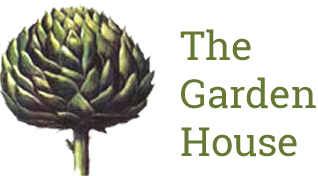We Love: the green Hellebores
Posted:11 January 2015
Among our favourite winter flowering herbaceous perennials are the hellebores, and particularly these subtle and interesting virtually all-green varieties Helleborus foetidus AGM, H. argutifolius and H. x sternii. Its often said that specialists in them tend to become hellebore bores!
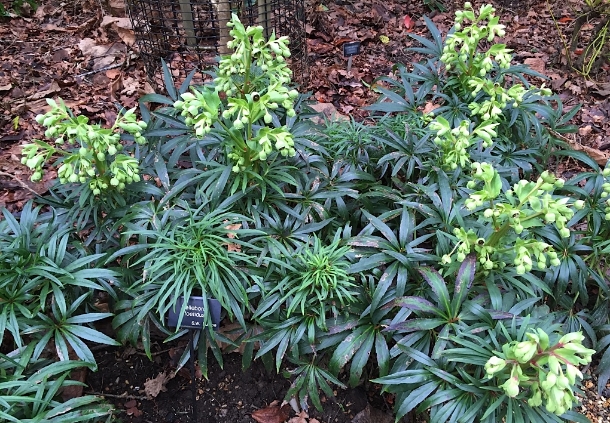
Helleborus foetidus AGM (the stinking hellebore) although the flowers are small and bell-like, there are a lot of them so this is really quite showy in its own quiet way.
Writing for The Guardian back in January 2006, the late Christopher Lloyd of Great Dixter Gardens, said: “If they do get into the habit of self-sowing in your garden, which many will, youll be thrilled by some of their progeny and at where they put themselves. Our native Helleborus foetidus is one of the best in this respect. Its evergreen leaves are such an asset and I see that it has now sown itself among the bright green fern leaves of Polypodium Cornubiense and the scarlet-berried hermaphrodite form of butchers-broom, Ruscus aculeatus. I have them in a generally shady place but where, at midwinter, the low sun strikes them underneath an open-sided loggia.”
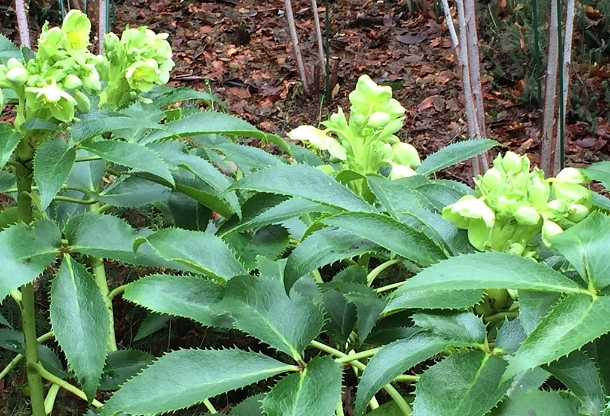
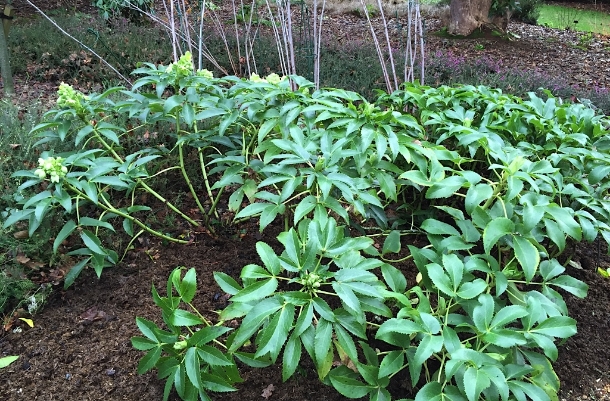
Helleborus argutifolius (Corsican hellebore) – the genus name argutifolius refers to the sharply toothed leaves, which are both tough and beautiful, each leaf having only three lobes so the foliage is rather distinctive, and in addition the margins are sharply spiny, much more so than in any other species, so there is no chance of confusion. This hellebore is also the tallest of the species growing up to 1.5m in Corsica and Sardinia. Compared to other hellebores they are relatively short lived and their performance deteriorates after 2 or 3 years. Luckily, as they resent division, they are easily replaced by the many seedlings it produces which reach flowering size quickly, sometimes after just a year.
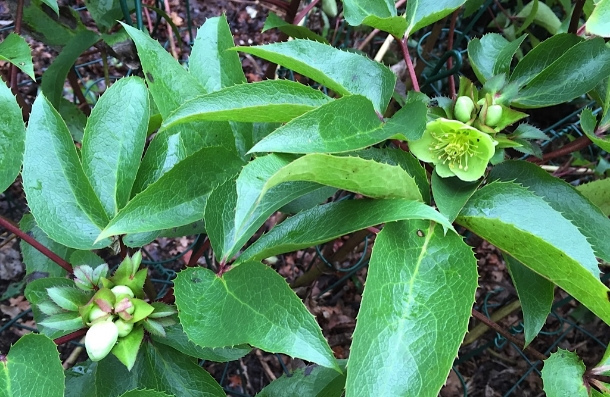
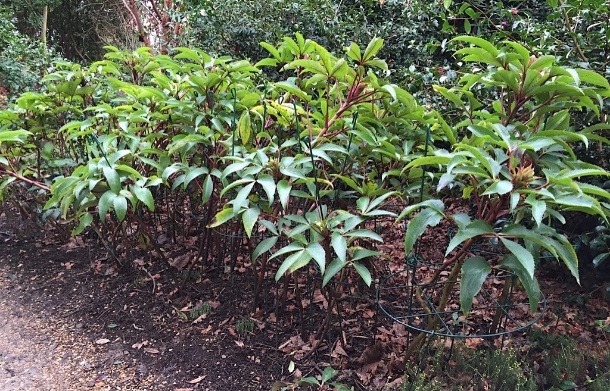
Helleborus x sternii – named after Sir Frederick Stern in whose garden at Highdown it was first noticed. This is the taller habit of H. argutifolius (so needs supporting), and slightly spiny-edged leaves, but the influence of H. lividus shows in the form of a pinkish-purple suffusion on the flowers and somewhat creamy veins in the leaves.
Cultivation: Fully hardy, hellebores thrive in neutral to alkaline soils that are moist, fertile and humus-rich. Partial shade is ideal but they can tolerate full sun. Provide shelter from strong, cold winds and apply a generous 5-7cm (2-3in) mulch of well-rotted organic matter around the base of the plant in autumn.
